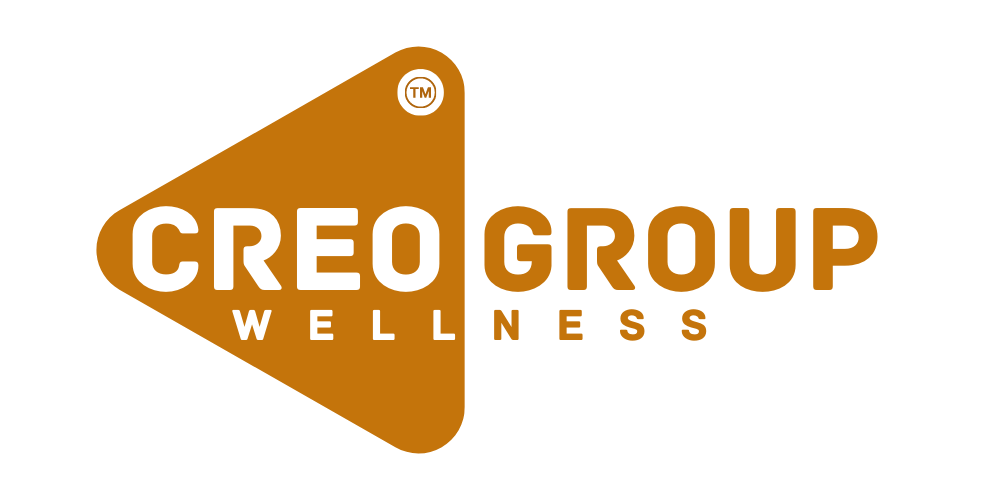An effective strategy making needs the following five steps: SWOT analysis, business objective setting, segmentation, buyer persona development, and budget setting.
Many aspects of digital marketing for SMEs have been covered in Smart Growth but many SME owners have expressed an interest in knowing how a digital marketing strategy can be built for results. An effective strategy making needs the following five steps: SWOT analysis, business objective setting, segmentation, buyer persona development, and budget setting.
Most of us are familiar with these five steps but perhaps doing it right will make the difference in effective delivery.
Conducting SWOT: Most executives and SME owners are familiar with this jargon, which is nothing but an acronym for analysisng strengths, weaknesses, opportunities and threats. When we do this for our clients requiring strategy development, we examine the internal strengths and weaknesses, and the external opportunities and threats.
Strengths include critical internal elements that aid the SME to achieve its goals, or even exceed them. Some examples could be the unique product or services you offer, a good employer brand that attracts better talent, good distribution network, high-class manufacturing and quality processes, strong and loyal customer base, data analytics and so on.
When you look at weaknesses, remember that these are internal elements that prevent your company from achieving its strategic goals. Examples include lack of skilled employees, poor marketing or selling process, mediocre products or services, price disadvantages, lousy customer complaint handling, high employee churn, cash flow hassles, supply chain chaos, inadequate funding, etc.
Opportunities are almost always external positives that will be helpful for you to succeed in the short or medium term. Long-term is always shorter than it used to be. Most strategies are now for less than three years. In some industries especially in technology-based ones, this is even annual! Some of the examples of opportunities are changing consumer attitudes and aspirations that will be suitable for your offerings, new support from regulators or policy changes, ease of some trade barriers, import duty increases or free trade with other countries previously not open to you.
Threats are typically adverse external situations that can hamper your growth plans. Trade barriers, shifts in labour laws, inflation and supply chain costs, and new competitors or technology are some examples.
Setting business objectives: All of us set the objectives at the top level but how many of us set measurable, attainable and specific objectives? It cannot be wishful thinking. It has to have relevance to the business you are in and is also time-bound. If you were asked to describe your strategy in 40 words or less, can you do that? It should have a clear goal and by when it will be achieved and how you will achieve that.
Here are some questions to get you started on setting business objectives:
– What are we trying to win, why is it important for us and what do we have to do for that?
– Given our budget and other constraints, can we really achieve the objective and its targeted goal?
– Given the macro-economic situation post pandemic, will it give us the best ROI at this point of time?
-Are there timely benefits in the short, medium and long terms?
-Is this goal we are setting measurable? Can we set deadlines and break the top-level goals into monthly targets?
Segmentation of the market: Every marketing book will tell you that you need to do market segmentation for your products and services to succeed. For digital marketing to deliver optimum value for your investments, segmentation is critical. How can you go about doing the segmentation? Essentially, divide your target audience into smaller sets or segments. This will make it easy for you to understand specifics of each segment and design marketing communications appropriate to them.
Here are the typical three categories of segmentation:
–Demographic segmentation. In B2C, you need to look at the personal characteristics of consumers including age, education, gender and geography. In B2B, you will have to cover organisational characteristics such as revenue, industry, location and number of employees.
-Psychographic segmentation is done based on factors such as personality profiles, goals, opinions and lifestyle.
-Behavioural segmentation looks at factors like buying history, brand loyalty, consumption pattern and so on to make sub-segments.
Develop buyer personas: Very few SMEs do this and probably is a topic to discuss in one column exclusively soon. Personas are nothing but fictitious profiles that represent the customer in one segment. This caricature of a buyer or customer is helpful in understanding internally the customer or potential customer better. Obviously, such personas can never be the same for different industries and different companies. Customer personas and customer segmentation go hand in hand with planning digital marketing initiatives and content. An ideal customer profile will be helpful to develop creative content that appeals to them. Irrespective of the kind of segmentation you do, a persona will be helpful in representing the segment right for marcom and media decisions. The power of digital media is this personalised messaging to the target audience.
Set the budgets: Any marketing campaign, let alone digital marketing, will require a proper budget to meet the goals set in the beginning. No SME will have an unlimited budget to reach out to all potential customers. Effective digital marketing requires all the above four steps, and a proper budget to cover the various platforms. If budgets are small, you will need to find more creative ways to get impact. Remember how Burger King used a loophole in the Google Home device to expand their 15-second ad to one minute?
M Muneer is the managing director of CustomerLab Solutions, a consulting firm.











